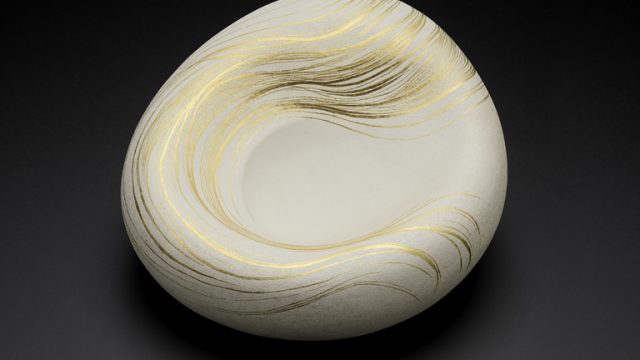Japanese Treasures: Cloisonné enamels from the V&A, curated by V&A Senior Curator Gregory Irvine.

What is Japanese Cloisonné?
The characters for the word ‘shippo’, the Japanese term for enamels, mean ‘Seven Treasures’, which is a reference to the Seven Treasures mentioned in Buddhist texts. The Japanese applied this expression to the rich colours found on Chinese enamels and to those which they later made themselves.
From its renaissance in the 1840s, cloisonné enamel manufacture rapidly reached a peak of artistic and technological sophistication between 1880 and 1910, a period referred to as the ‘Golden Age’ of this exquisite craft. Cloisonné enamels rapidly became one of Japan’s most successful forms of manufacture and export in the late 19th century and western museums and private collectors created many fine collections.
Through the recent gift of a superb collection of enamels from Edwin Davies CBE, which now combines with the V&A’s historical collection, we can illustrate the story of these exquisite objects by way of elegant inlaid metalwork of the late 17th century through the Golden Age and into the 20th century.
Japanese Treasures: Cloisonné enamels from the V&A is on tour:
Chester Beatty Library, Dublin | 14 March 2015 – 14 June 2015
Brading Roman Villa | 27 June – 20 September 2015


